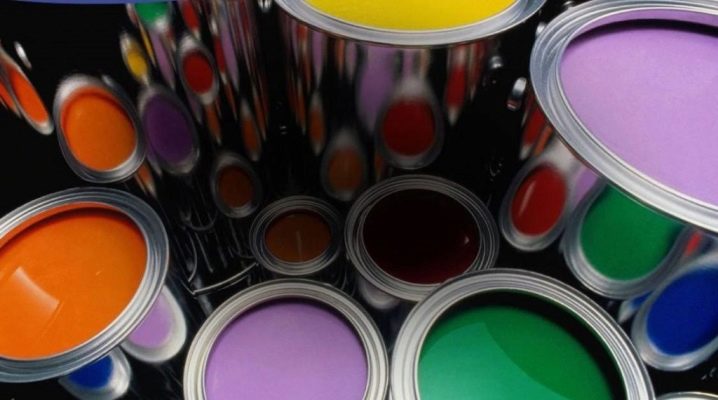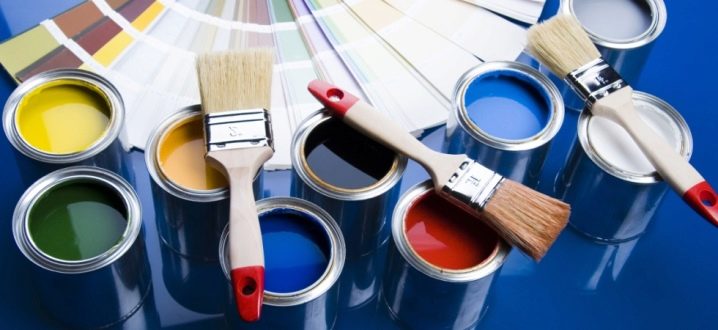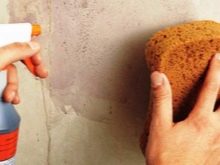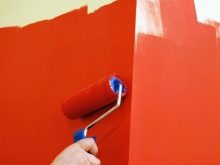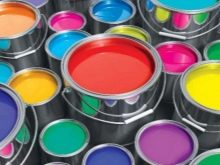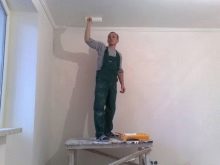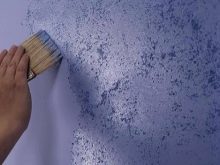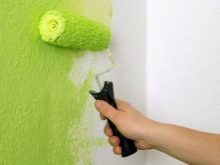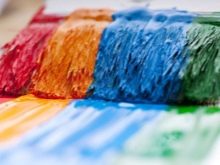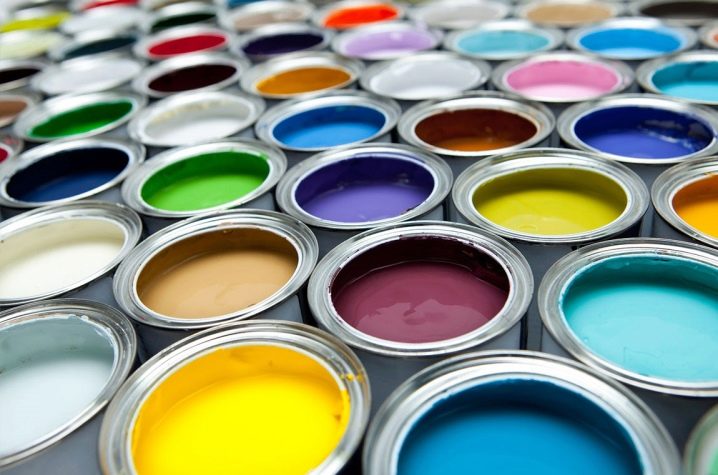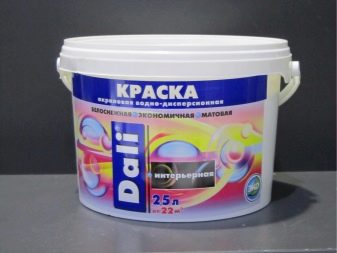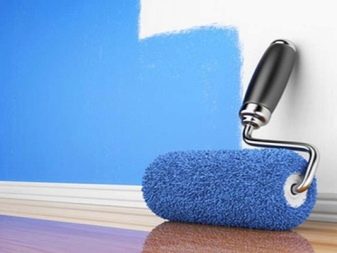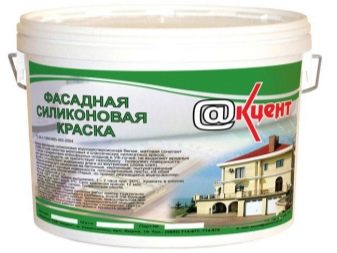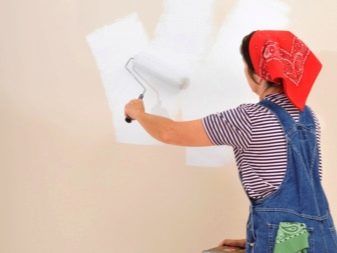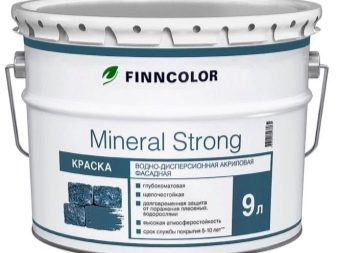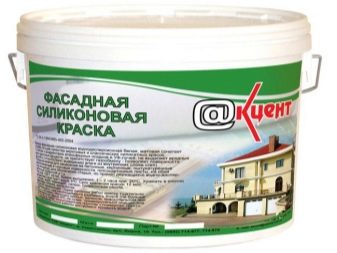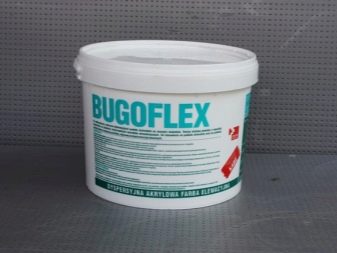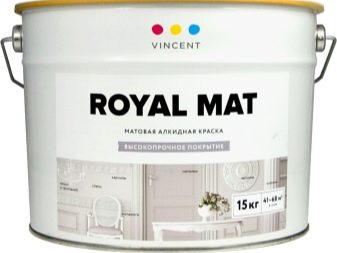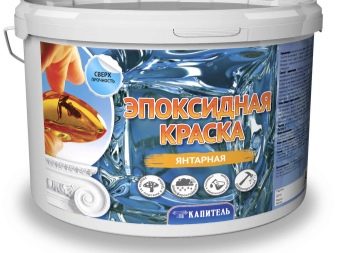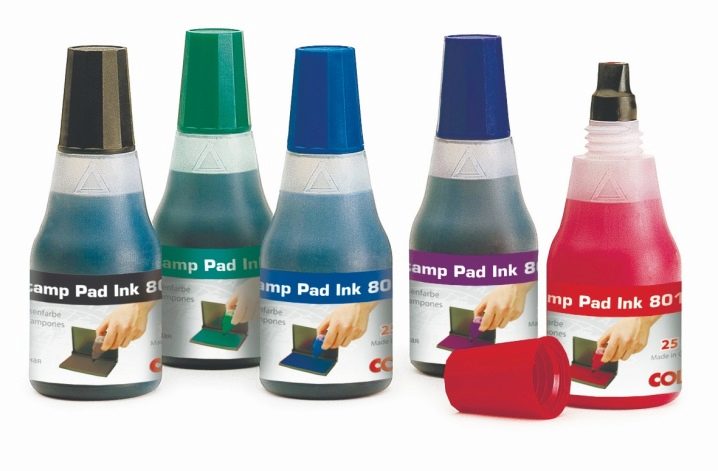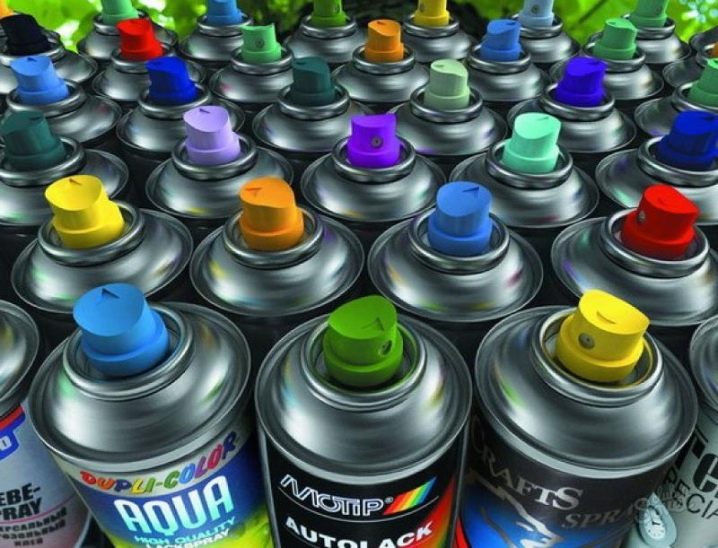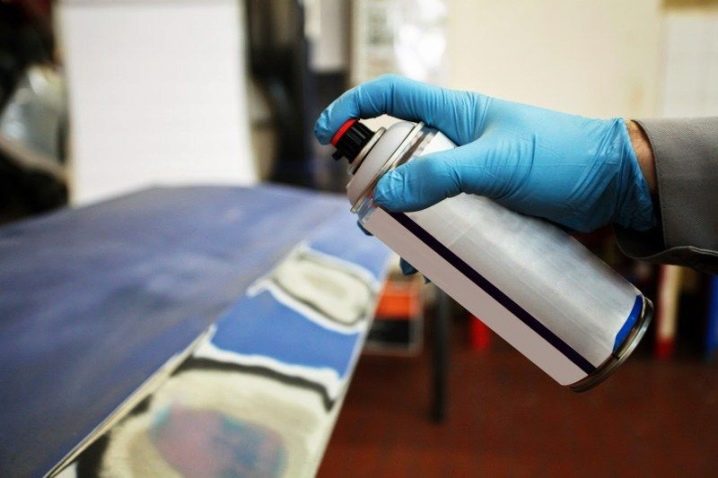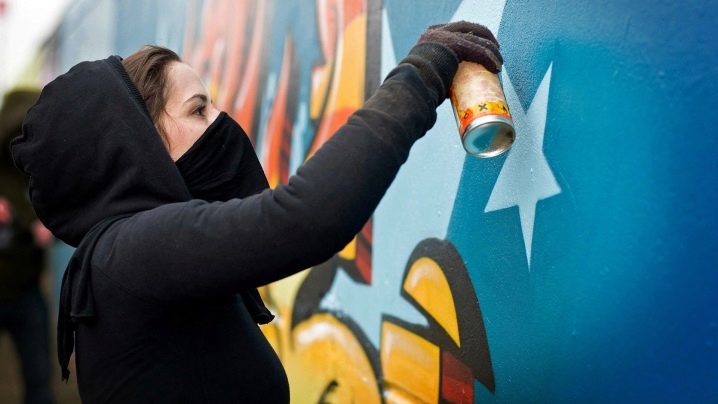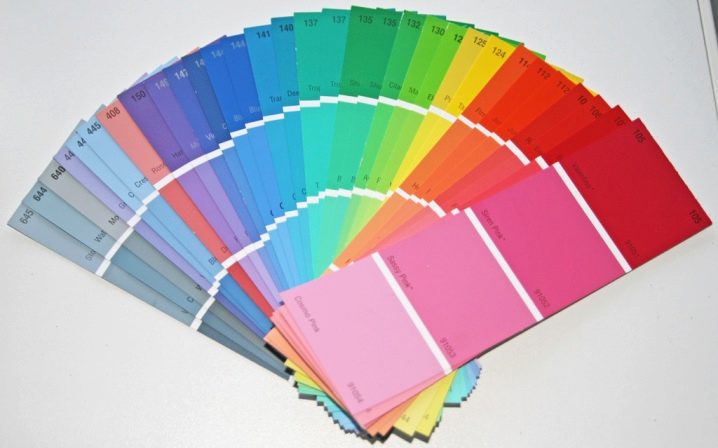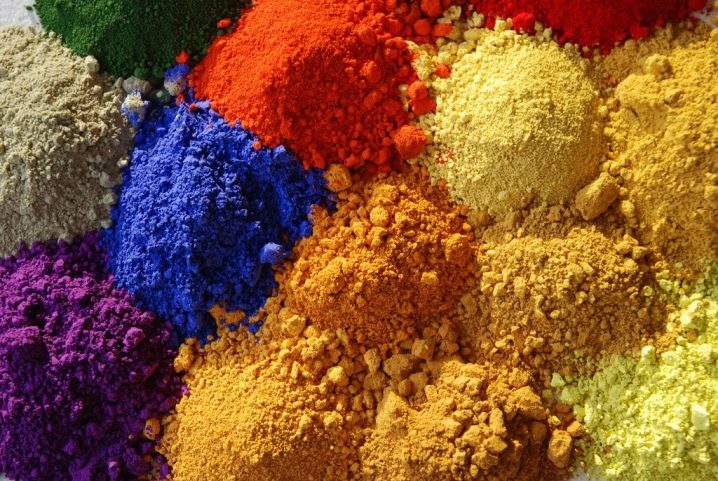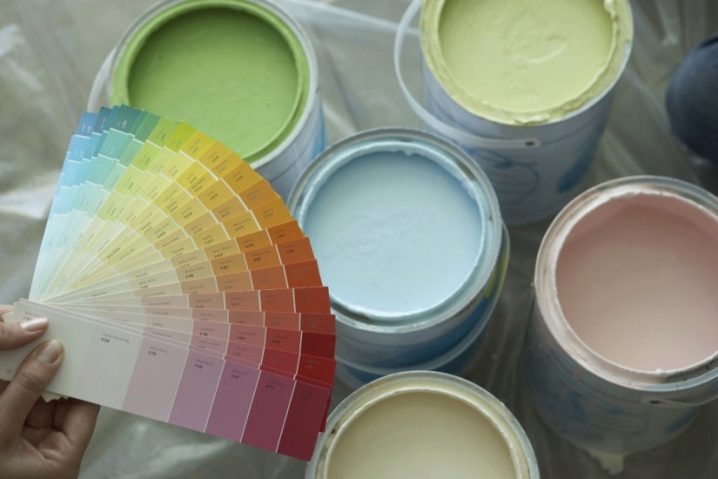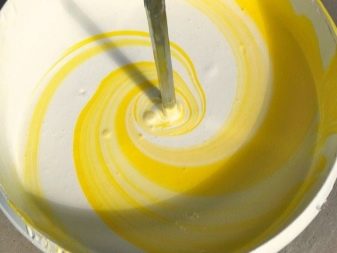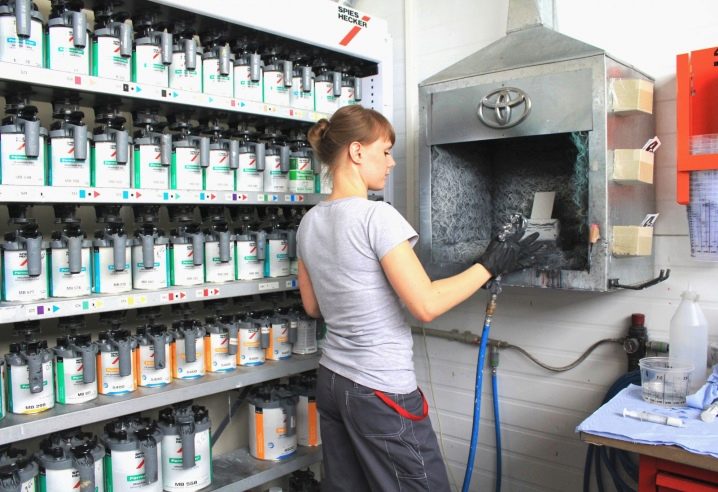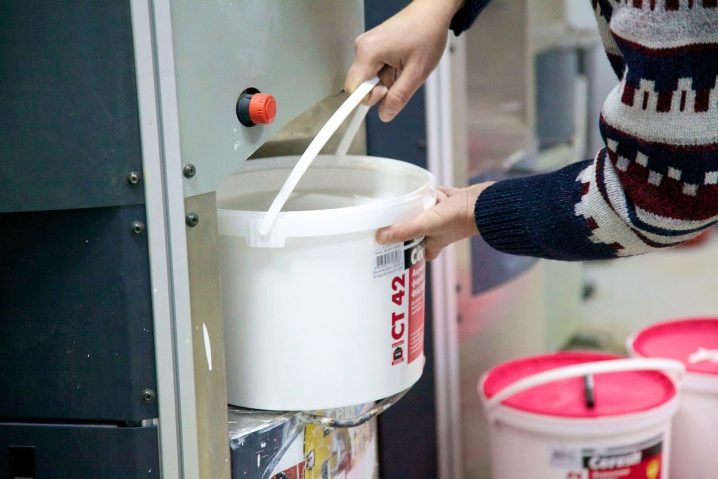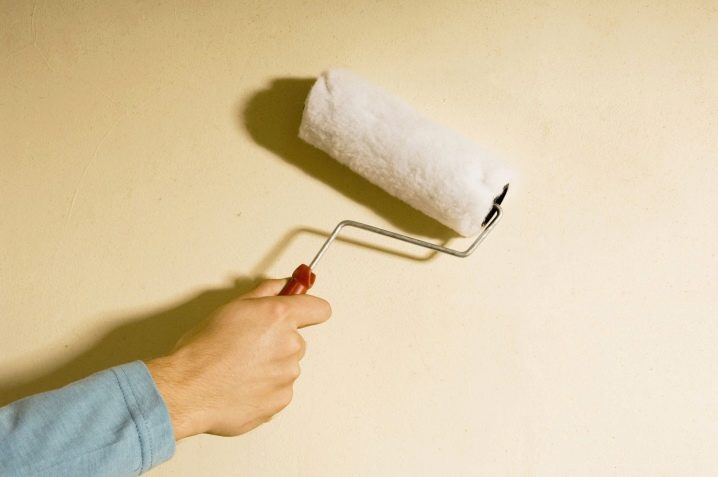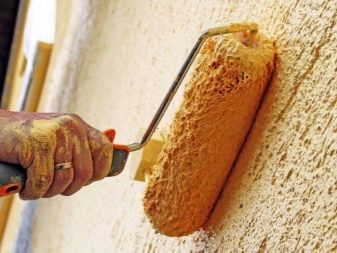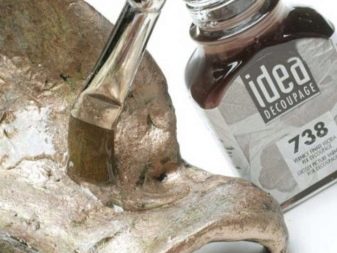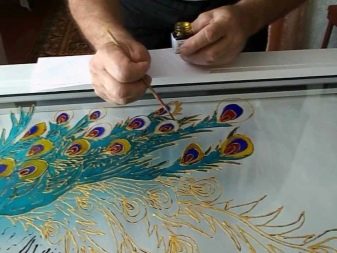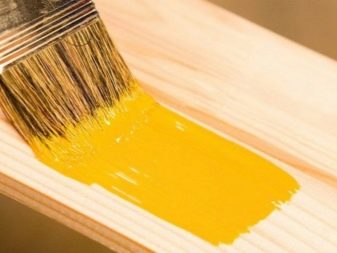Water based paints: types and compositions
Repair always involves the use of paint. Currently, there are a large number of water-based paint coatings on the market that are not harmless to health. Therefore, the whole painting process will not make you worry about your own safety.
Advantages and disadvantages
The composition of the product includes water, acting as a diluent.
Water based paints have the following advantages:
-
high environmental friendliness;
-
the painted surface is easy to clean with water and other means;
-
quick drying;
-
thanks to the easy application, you can cope with painting yourself;
-
amenable to repainting;
-
the coating is durable;
-
universality for any surfaces;
-
large selection of shades;
-
there are no hazardous pigments in the composition, which does not lead to the formation of allergies.
The disadvantages of such paints are the following:
-
during application, the coating temperature should be at least +5 degrees, otherwise the polymerization process will not occur, that is, the film surface will not form;
-
incompatibility with other coatings, that is, water formulations will not be fixed on alkyd enamel or oil paint;
-
less wear-resistant than the compositions of the two components, based on organic solvents;
-
the strength of the formed film as a result of staining is formed only after four weeks.
Types and composition
Paints and varnishes vary in composition, which affects the characteristics of paints. Types of water-based coatings:
-
Acrylic. The popularity of these dyes due to the qualitative composition and affordable price. The basis of the material includes resins and additives, which give certain properties. Paint can be used in places with high humidity. Have durability and wear resistance. They do not have a strong odor, they are also not affected by chemical additives.This coating is easy to apply with tools. The resulting film is fixed without the use of additional funds. However, this product is not suitable for all coatings, since any defects after painting appear. As a result, it is impossible to achieve a glossy base. Due to the fast drying speed within a few hours, the product is able to lose its properties.
-
Latex formulations are able to withstand direct exposure to water. Thanks to this quality they can be used for a bathroom. The main material in the composition - latex. Irregularities after painting are practically invisible. The material has a drying rate of several hours. A feature of latex formulations is resistance to dry and wet wear. Also, this material is able to hide irregularities and cracks in surfaces.
-
Silicone Dyes can hide thick flaws of painted surfaces due to their elasticity. Able to be cleaned in the process of contact with water in the form of precipitation. The price of the product is much more expensive than other types, since its properties show the highest quality.
-
Mineral The coatings contain cement or hydrated lime. Mainly used for interior decoration. Suitable for concreted foundations, brick walls, plastered surfaces. As a result of painting, a film is formed that provides protection from moisture and sun.
-
Acrylic and Silicone paints are a type of water dispersion, since the formation of a film is due to the presence of synthetic latex. These types of paints are fire retardant, as during heating a heat shield is formed.
-
Alkyd materials are composed of resin, resulting from the processing of oil elements. As a result of drying, a glossy texture is obtained. It is used for walls and ceilings and has greater strength in contrast to the water-dispersion composition.
-
Epoxy coating resistant to detergents, oils and precipitation. It is based on suspensions of pigments and various fillers.
-
Stamp material Widely used for refilling seals and stamps. Such a dye is quick-drying, due to this, there is no smearing of the print in the process.A feature of this product is that it works on both water and glycerin basis. It has a large selection of colors.
Forms of release
On sale now you can see various forms of production of the same paints. This is due to the purpose of this composition, the type of surface to be painted. The convenience of the product depends on its type of packaging.
If you plan to paint the walls or ceilings, then the most comfortable is to buy the compositions in large buckets.
Spray paint in cans suitable for furniture, metal or plastic. In this form, the spray will help to decorate certain objects.
The main advantages of aerosols:
-
willingness to use, you only need to shake the balloon several times;
-
ideal for small parts of surfaces, as it has the ability to penetrate into the recesses of objects;
-
ease of transportation;
-
a variety of colors;
-
has a high drying speed;
-
the possibility of color transitions;
-
unlike bulk cans, open cans with remaining paint do not dry out.
Disadvantages:
-
impossible to mix different shades;
-
requires some knowledge to work with aerosol containers;
-
no solvent can be added;
-
If painting is carried out outside, then work should be carried out only in the absence of wind.
Colors
There is a large selection of concentrated dyes that are added in a certain proportion to the composition of the paintwork material. Then mixing occurs until the desired shade is obtained, the intensity of which can be reduced or increased. But for each dye there is a limit to the rate of application of color.
On sale today, a fairly large range of pigment additives, many of them are distinguished by their versatility. This facilitates the selection process. In a water-based paint, the color content should not exceed 20 percent.
Pigment fillers are divided into two types:
-
Organic They are distinguished by a rich color, but are unstable to light and alkaline effects.
-
Inorganic. They have greater light resistance, but are limited in color fillers.
To create the desired color paintwork material should consider the following rules:
-
calculation of the desired color is carried out in advance;
-
There are various catalogs in which you can see the finished shade;
-
the use of special tables for mixing colors will give a positive result for more complex shades;
-
In a small white container, a test mix is always done, this will help determine the level of intensity required;
-
the mixture in a small container is applied on a small surface area for inspection;
-
To achieve the required consistency, mixing is done with a drill with a special nozzle.
The advantages of the manual color mixing method:
-
profitable in relation to the price;
-
possibility of cultivation and use in the place of painting;
-
There are no restrictions on the choice of color.
Modern technologies also allow for the selection of pigment through a computer program, which is available in hardware stores. Thanks to the special equipment, a quick selection of the required dose and a combination of the intended shade is carried out. Mixing is also carried out using the machine.
Such coloring is more expensive than the usual way. But this method allows you to be confident in the accuracy of the selected color.
Advantages of computer coloring:
-
high speed to obtain the desired shade;
-
there is the possibility of re-obtaining the same shade;
-
wide range of colors.
The disadvantage of this method is the impossibility of mixing in the place of repair.
To obtain a black color, painting is done by gradually adding pigment dropwise.
It is rather difficult to achieve the desired saturated result, patience is required here. Otherwise, it can only get a dull gray shade.
Achieving the planned color is provided by a good choice of white paint without yellow additives.
Kohler is selected taking into account the corresponding surface. Pigment for the wall can not be used for the ceiling.
For re-tinting buy the compositions of the same manufacturer, otherwise there will be a small but noticeable difference.
To get a beige tint requires a mixture of white and gold pigment.
How to choose?
Versatile properties of paints allow you to paint different surfaces outside and inside the house.
Coatings that can be painted with water-based paints and varnishes:
-
Metal. Water-soluble compounds protect against corrosion.The metal base must be prepared before exposure to the dye.
-
Plastic. Acrylic coating with hardener is suitable for this material. It will give plastics chemical and mechanical stability. It is recommended to choose products that include polyurethane additives.
-
Plaster. For this surface, the coloring composition is selected for interior work. For plastered walls and ceilings matt water-based material is selected.
-
Clapboard can perform the role of external or internal decoration. The choice of paint depends on it. It focuses on compounds suitable for wood. Both alkyd and water dispersion are used.
-
For gypsum vapor permeable and washable dyes are intended.
-
Under furniture MDF Interior coatings are selected.
-
For glass ideally suited stained acrylic paints that do not cause allergies. However, they are not durable enough and require additional processing.
-
Paintwork material Water-based suitable for all types of radiators. Such compositions have no sharp odor and have high heat resistance, durability.
-
Flexo Products, contain more pigment than non-aqueous dyes. It is necessary to create a viscous state. The formation of the film occurs due to the presence of various additional elements in the form of wetting and defoamers.
-
On a wooden surface ideally fits acrylic paint. It does not cause divorces and allows you to maintain the structure of the tree.
When choosing a water-based dye, it is always taken into account on which surface the application is planned On sale there is a sufficient number of products that differ in their qualitative composition. As a rule, the purpose of a paint is indicated on the packaging.
You will learn more about the benefits of water-based paints in the video below.
